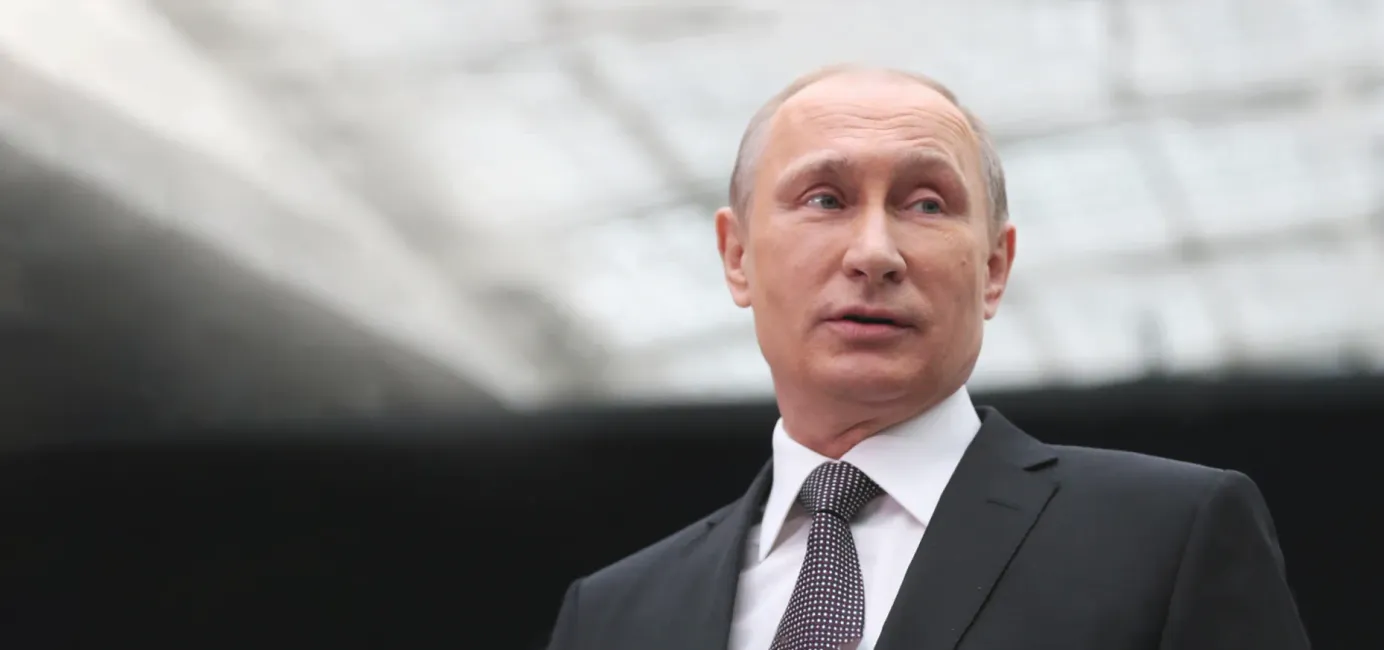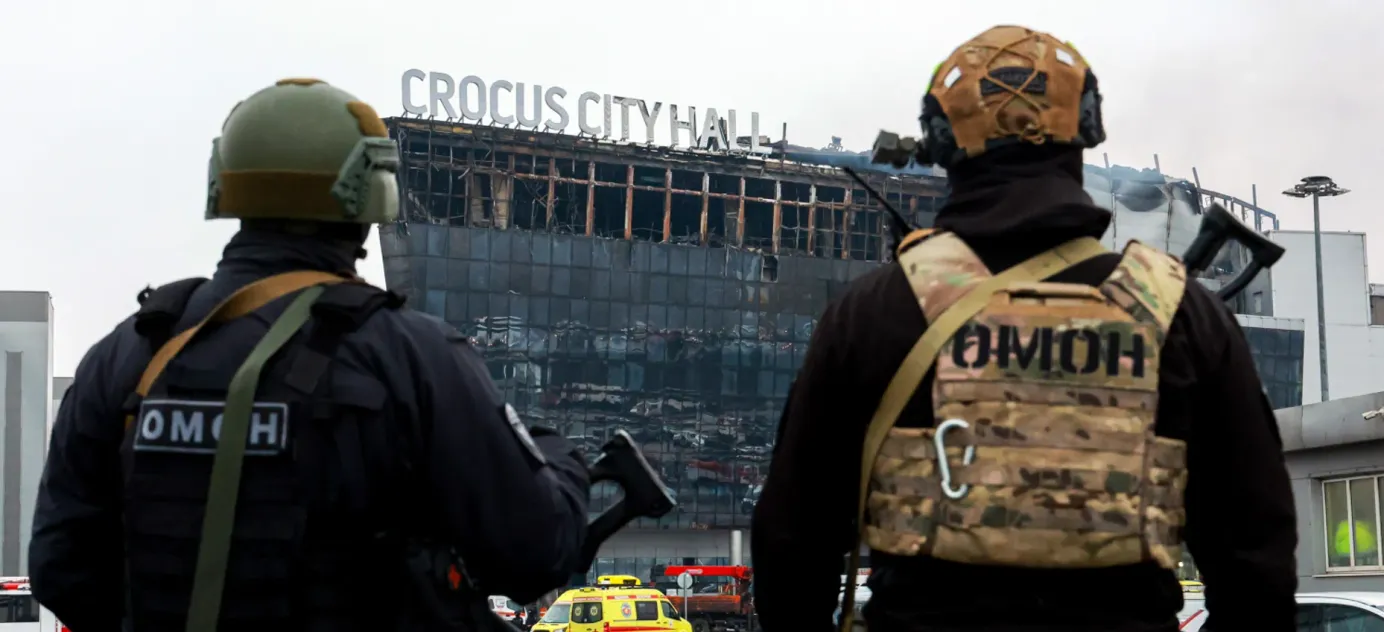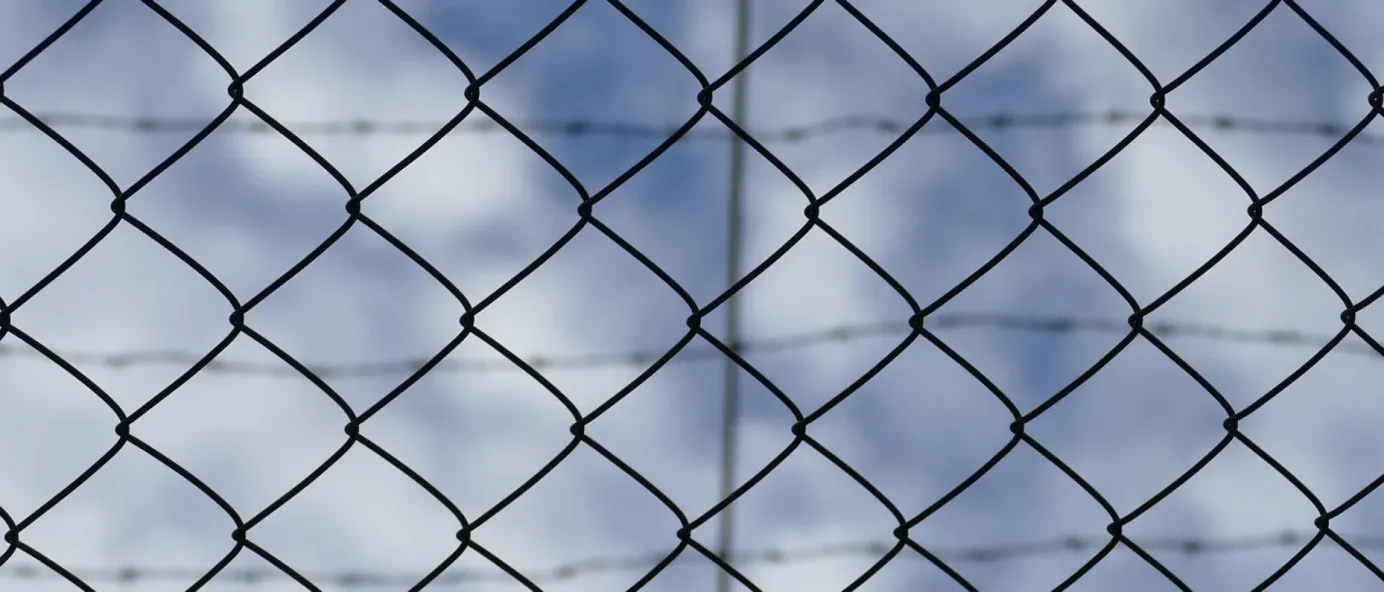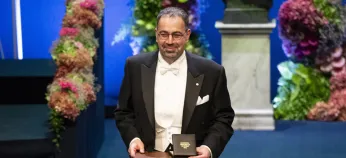
Putin hands an ancient icon over to the Russian Orthodox Church
President Vladimir Putin responded to “numerous requests from Orthodox worshippers” and donated the famous “Trinity” icon to the Russian Orthodox Church last week. The 15th-century piece is believed to be the work of religious artist Andrei Rublev. Many artists and experts warned against the handover, claiming that the church is unable to adequately care for a unique and fragile work of Russian art. They fear it will, ultimately, be destroyed.
- The Trinity is a symbol of Russian icon painting, explained Natalya Komashko, former scientific secretary of the Andrei Rublev Museum. As well as being one of the best-known examples of ancient Russian art, it is also one of the most revered images of the Orthodox faith.
- The icon was initially kept at the Trinity Lavra of St. Sergius, not far from Moscow. In 1929 it was acquired by the Tretyakov Gallery, the leading museum of Russian art, and after several years of restorative work, it was displayed in Moscow. During World War II, it was evacuated to the Siberian city of Novosibirsk to protect it from being destroyed by bombing. At that time, it was displayed in the city’s opera house.
- The Orthodox Church has spent many years trying to return the Trinity icon. At the end of the 2000s, the Church unsuccessfully requested the icon be displayed at the Trinity Lavra of St. Sergius for a few days. In July 2022, the icon was returned to the monastery for the first time. Shortly afterward, the Church asked for another loan visit to celebrate the 600th anniversary of the discovery of the St. Sergius of Radonezh relics. The Tretyakov Gallery’s directors opposed this move because the icon needs to be preserved under strictly controlled temperatures and humidity. When the icon was returned to the museum, experts found “61 significant changes.”
- The handover of the Trinity icon to the Russian Orthodox Church was criticized by icon specialists and experts in ancient Russian culture. Lev Lifshitz, head of the department of ancient Russian art at the State Institute of Art Studies said that the transfer of the icon puts its safety at risk. “We can assume that the ‘Trinity’ will be lost,” he warned. Russian medievalist Oleg Voskoboinikov wrote that the authorities were trying to use “the return of the icon to the church” as a talking point to “rally the nation” and “do away with soulless intellectuals and unbridled museums.” Yelizaveta Likhacheva, director of the Pushkin Fine Art Museum in Moscow, also criticized the handover. She fears the icon may simply “fall apart.”
- By law, Putin does not have the right to decide the fate of the “Trinity,” said Komashko, who previously worked at the Andrei Rublev Museum. “In Russia, a great deal is done on a nod and a wink, and not according to the law,” she explained. The Tretyakov Gallery’s director, Yelena Pronicheva, whose father held senior positions in the Federal Security Service (FSB), has made no comment on the transfer.
- Apart from the Trinity icon, the church also recently received another piece of Russia’s heritage from the Ministry of Culture – the tombstone and shrine of Alexander Nevsky, the saint and prince who went down in history as the knight who defeated the Livonians in the battle on the ice at Lake Peipus in 1242. The shrine was previously kept in the Hermitage Museum in St. Petersburg.
- Hermitage director Mikhail Piotrovsky, an active supporter of the war in Ukraine, said that “in the current geopolitical situation, the sacred, symbolic significance of the shrine is greater than its artistic value.” He believes that the shrine should fulfill its “symbolic function” to bring about “our victory” (apparently referring to Moscow’s desired victory in Ukraine).
Why the world should care
From day one, the Russian Orthodox Church has supported Russia’s invasion of Ukraine. The church has joined forces with propagandists to cast Russia as a force against “evil”, “satanism” and “Nazism” in Europe. It seems that these efforts are bearing fruit, as the church is rewarded with valuable cultural artifacts like the Trinity icon.





